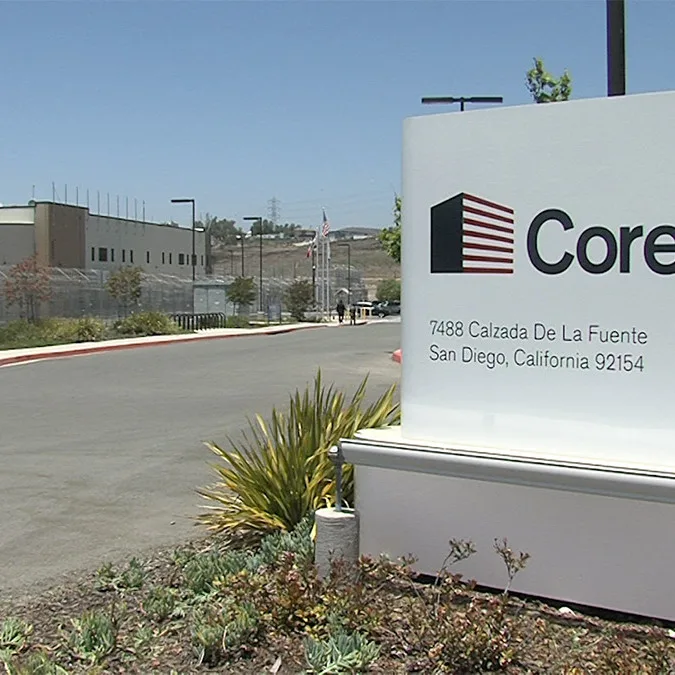Recent developments regarding the Panama Canal have caught the attention of global powers, particularly with China’s increasing involvement in the region. A significant agreement was inked as the Panamanian government granted a Chinese company permission to enhance operations at the canal, a crucial trade artery that serves as a key maritime route connecting the Atlantic and Pacific Oceans. The contract allows the Chinese firm to undertake maintenance and modernization efforts, which have raised eyebrows in Washington and among other geopolitical stakeholders. In a statement regarding this partnership, Panamanian President Laurentino Cortizo emphasized the importance of these improvements in fostering economic growth, stating, ‘This project will bolster trade efficiency and is essential for the future economic stability of Panama.’ Experts warn that China’s expanding influence in the Panama Canal could undermine U.S. interests in the region, as geopolitical tensions escalate over trade routes and strategic port control. China’s One Belt, One Road initiative, aimed at boosting its global trade reach, directly aligns with this new investment in Panama. Analysts note that such moves indicate a broader trend where China is enhancing its presence in Latin America, a region traditionally seen as within the U.S. sphere of influence. The implications of these developments could be far-reaching, affecting not only trade dynamics but also military considerations in the increasingly contested South China Sea. U.S. officials are responding to these concerns with caution, contemplating adjustments in their diplomatic and economic strategies in the region. The intersection of maritime infrastructure and international diplomacy continues to unfold with potential shifts in power dynamics on the horizon.
China’s Strategic Moves in Panama Canal Development Raise Global Concerns













